We took an all day excursion to examine the history of the city of Adelaide. I was totally surprised by our first stop at the quarantine station. I expected to see a miniature Ellis Island. It was much more. Each of the Australian states had a quarantine station, all of them similar. It started out with the need to hold immigrants for two weeks to ensure they didn’t have a serious communicable disease. But they went far beyond that. Australia used these stations to help fight communicable diseases through the 1970s, especially cholera. At its peak, this station could hold up to 500 people, although the population seldom went over 200. Every point of the quarantine process had a clean and foul side. People and belongings when through a cleaning process. Accommodations morphed over time. They weren’t luxurious, but they were comfortable by the standards of the day. People organized their own entertainment. They helped on the vegetable gardens. They fished. They prepared their own “comfort food” meals. The process had an important inflection point in the 1950s as air travel gradually became practical. The stations were kept open with full time care takers until they were finally closed in the 1980s. When asked about the widespread corrugated iron construction, the guide pointed out that Australia has almost no lumber industry. Wood has to be imported from the US. That’s still largely true today. Unfortunately, I don’t have any pictures.
City history started before we reached our second stop at the maritime museum. City fathers had to address two major issues. The port wasn’t deep enough for larger ships, and much of the city was on highly undesirable swampy ground. Their solution was to dredge the harbor and use the dredge material to raise the city ground level. They added three meters to the height of the town. Preexisting buildings found their ground floor was now an underground basement. They had to convert the second floor into the street entrance. When they were done, they had thee distinctive basement windows on the major buildings, as you see in this photo.
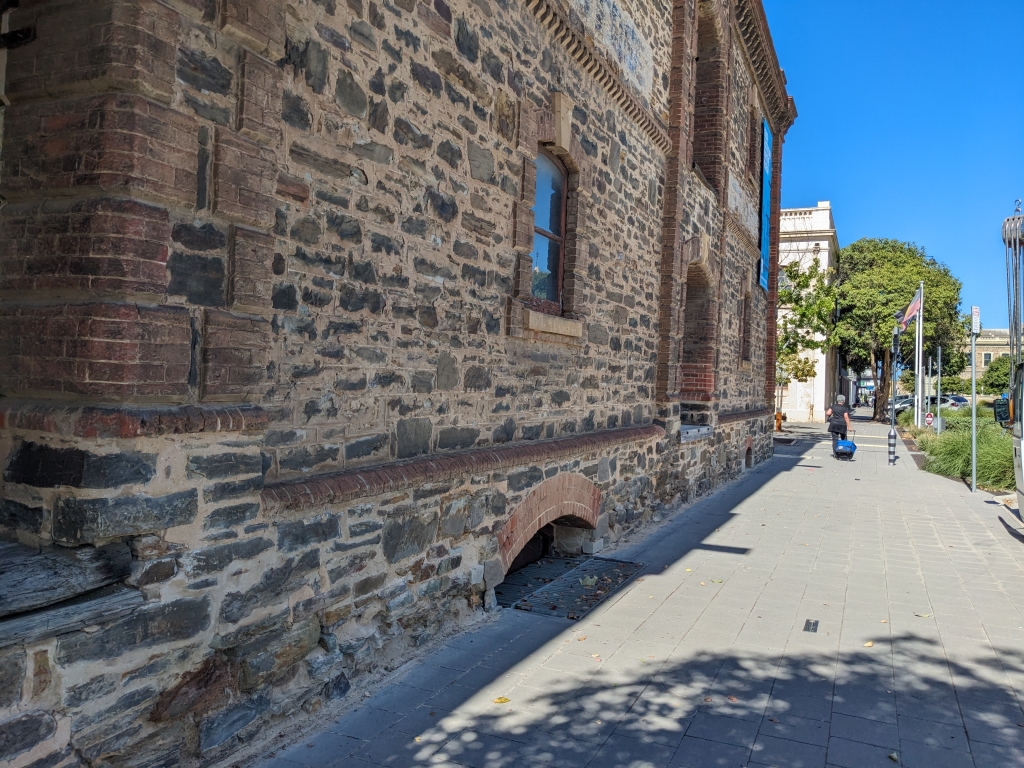
The highlight of the maritime museum was a ketch. This is a small cargo boat with shallow draft used to carry goods between the harbor and farming settlements. Ketches used some clever tricks that allowed the boats to require only a 3 man crew — a captain and two deck hands. At their peak, there were over 70 ketches sailing in Adelaide. From a distance, they looked like a swarm of insects on the water, hence their nickname of the Mosquito Fleet. They built a ketch inside the museum. The picture is a little confusing. It was taken from the second floor, looking down on the boat. They were showing video clips using the forward sail as the screen.
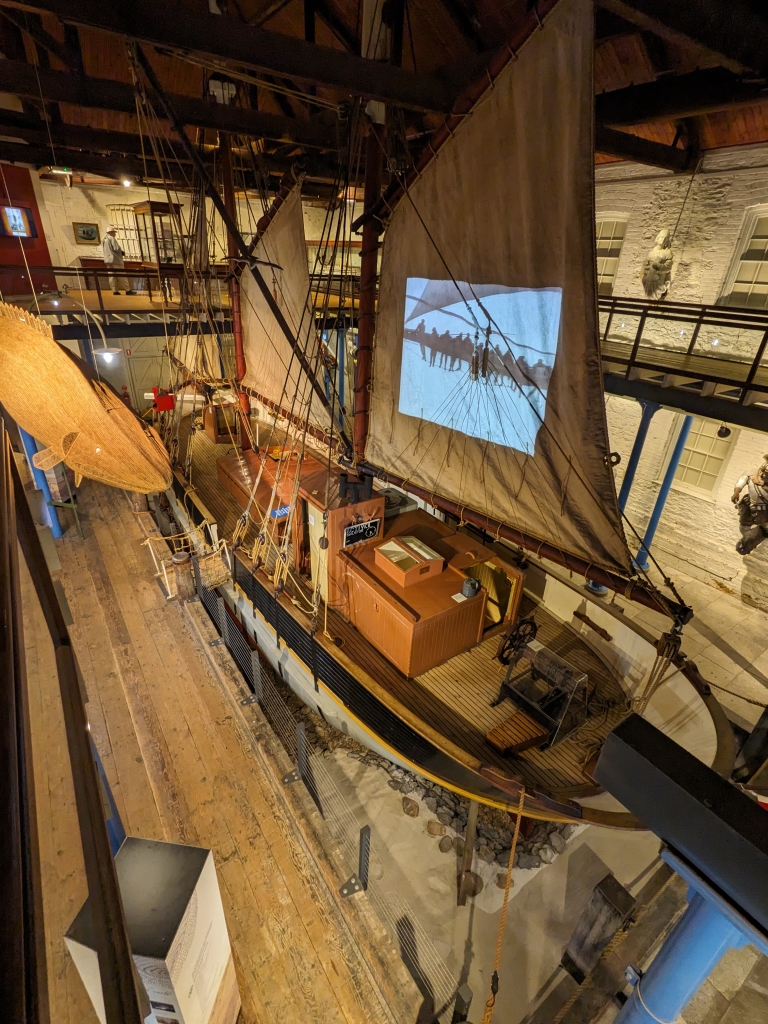
Adelaide is in the state of Southern Australia. It was the only state that didn’t import prisoners from England. Passengers arrived on the clipper ships such as the “City of Adelaide”. The original ship still exists. It is being restored. We were able to walk around the inside of the ship. I didn’t realize that clipper ships were built with a wood hull mounted on iron frame. I was surprised at the ship’s roominess. This was built as a passenger ship. We saw an advertisement for a clipper ship that put all the passenger accommodations on the deck, so everybody had natural light and fresh air. I thought that was a great idea until our guard mentioned that deck level accommodations were sometimes swept overboard in heavy seas.
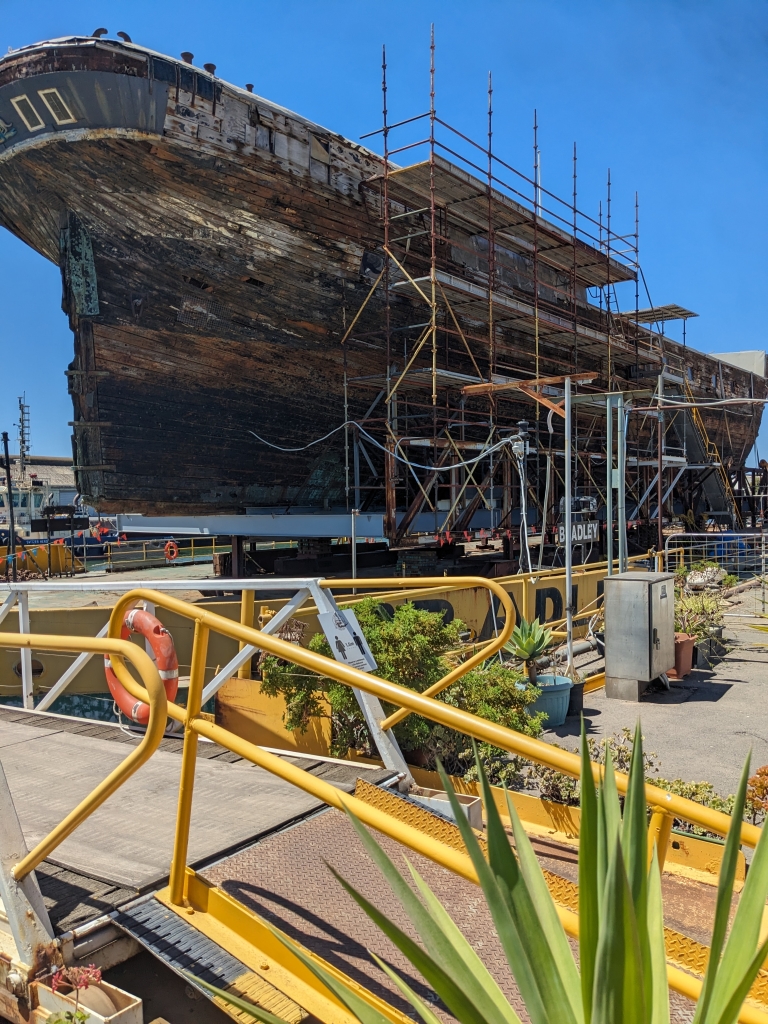
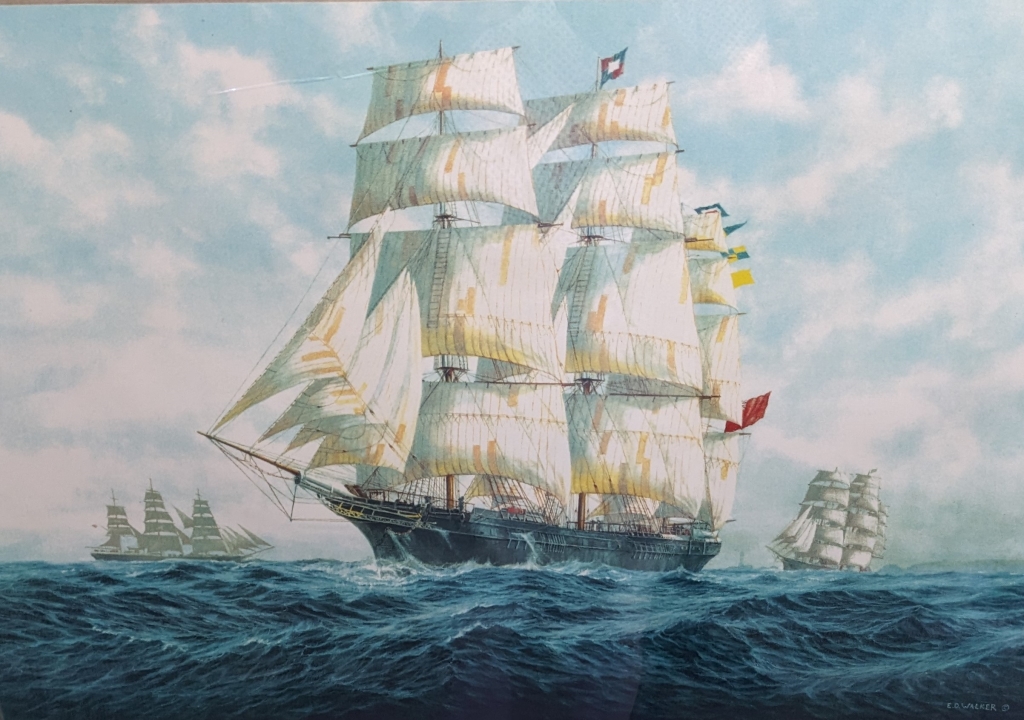
The last pic is of the town tower. You can see a black ball at the top of the tower. The town would drop the ball exactly at Noon. (Danita says 1:00. She’s probably right, as usual.) This allowed captains to synchronize their chronometers to local time, an essential step in calculating latitude while sailing.
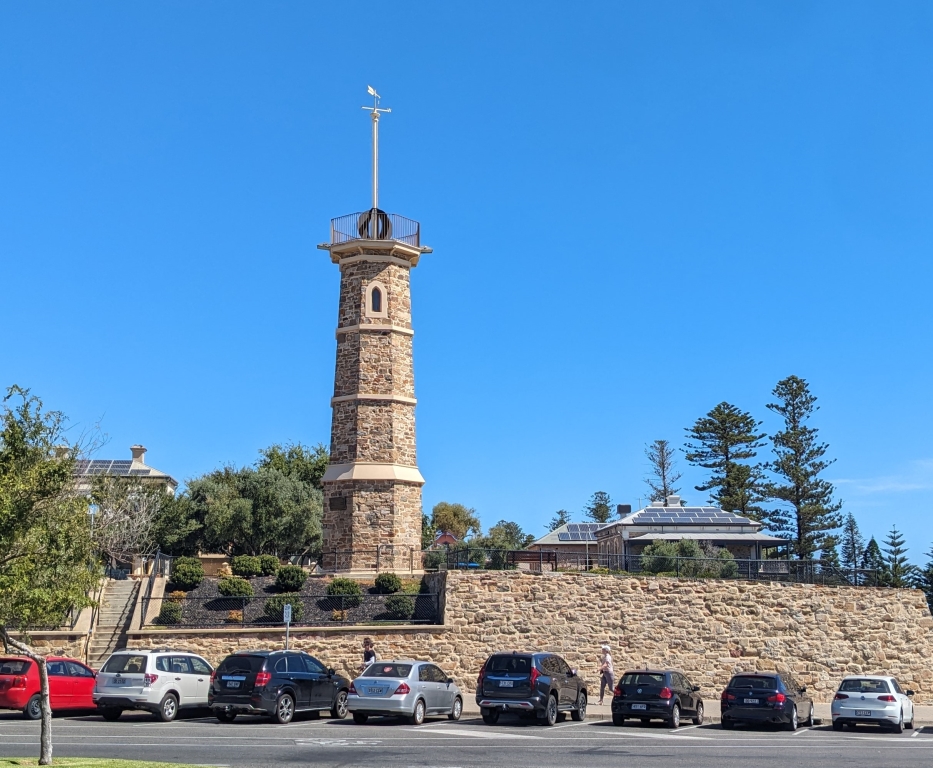
Today is a sea day. I hope this finds everybody doing well.
